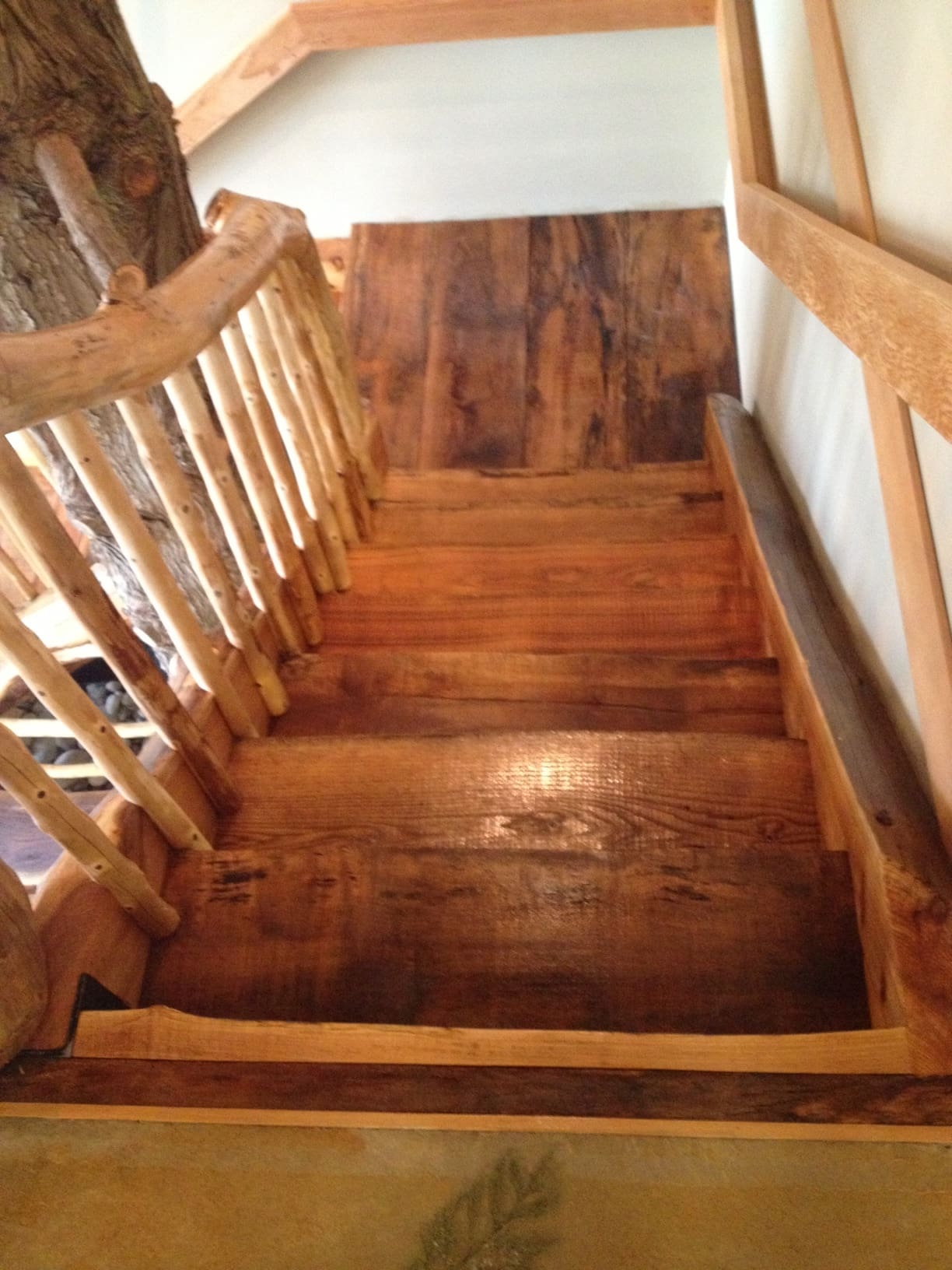“We have an older log home that needs refinishing, where do we start? This is a great question and one we are often asked after someone purchases an older log home or a few years after building a new log home. There are many different options when it comes to refinishing your log home, and before you begin you need to consider how much work you want to put into the restoration. You can do a quick slap-on finish so it looks nice for the family reunion, or you can put in some elbow grease and time to give your log home that new look for years to come. With many products claiming to be the easiest to use with the least amount of steps, you want to make sure the product is right for you—it may not give you the long-term effect you are looking for. The staff at your local hardware store will have some information, and some brands to consider are Lifeline and Sikkens. No matter what product you chose, there are a few key steps you should follow to help ensure the best results possible for your log home:
4 Steps to Refinishing Your Log Home:
Step 1: Inspect Your Home for Necessary Repairs
- Water damage or rot
- Holes or large cracks
- Clean out and or repair gutters to prevent future water damage
Step 2: Clean the Logs
You will want to clean the logs of dust and stains, but avoid using chlorine bleach. Bleach will damage the fibers in the logs and the products you use may not adhere properly to the timbers. This process might also involve sanding if the logs are stained or if there is an existing old finish that needs removing. The product you chose will also suggest the appropriate cleaner to use.
Step 3: Stain and Finish the Logs
Finish your logs with a stain or clear finish to preserve them. Some products have different finishes for the south and north face of your home. South-facing walls are exposed to more sunlight and north-facing walls contend with more wind and moisture. Be sure to read the product information carefully so you select the right type of finish for each area of your home.
Step 4: Seal the Logs
Chinking is the broad white band you see between the logs; this can be as thin or as thick as you like. The purpose of chinking is to seal the gaps between the logs and prevent air and heat loss. Once the sealant is applied, it needs at least 24 hours to dry and cure.
There you have it—the basics to protect your log home from the elements. Depending on where you live and whether the conditions are more dry or wet will determine the types of products you use. Check with your local hardware store to find the best possible product.


